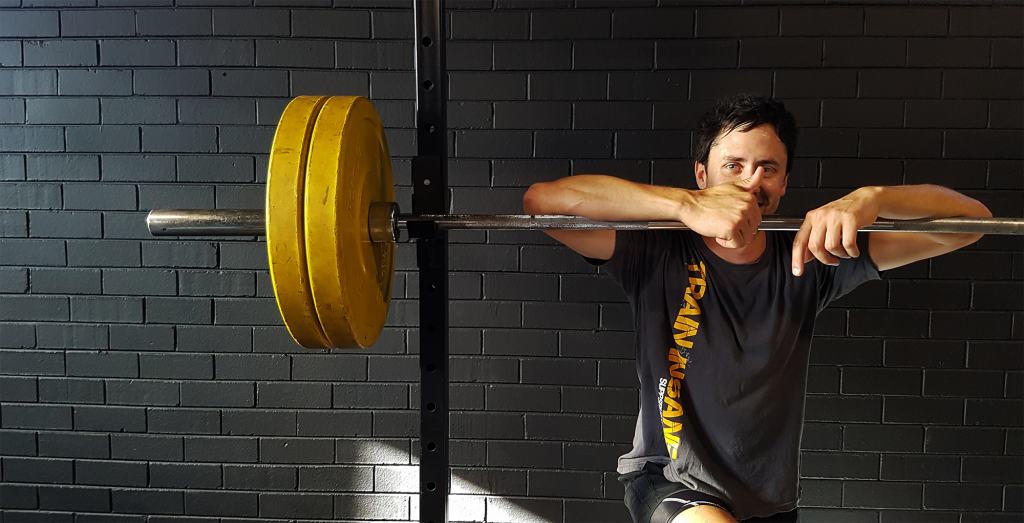
Training Recovery Tips
Overview
Improving Fitness is not all about training harder. The key equation is as follows: training + recovery = adaptation (fitness improvement).
The second part of this equation is all too often neglected. Following are some tips to improve this part of the equation.
Helpful Tips
It is important to adopt protocols to ensure quick recovery between your training sessions, post-exercise/training.
Use the following tips immediately after endurance training or a hard training session (40-60mins):
1. Rehydrate with carbohydrate-based sports drink within 15-20 Mins
2. Cooldown – light aerobic activity for 5 mins
3. Static stretch
4. Ensure that you consume 500-600mls of Water in the 60 mins post session.
5. Consume small higher carbohydrate meals regularly throughout the day to replenish energy stores.
Athletes who weigh in excess of 75kgs need 75 to 150 grams (300 to 600 calories) of carbohydrates repeatedly every two hours, for six hours. Plan ahead and have the right foods and fluids readily available for frequent snacking after training. Try to avoid consuming junk fast food like burgers, fries, fried food and other high-fat choices, that fail to refuel your muscles.
Warm/Cold Water Bath Therapy
During ‘contrast’ therapy, soak a recovering body part in cold water (8-10°C) until it’s cold (1-2 Mins), then immediately transfer it to warm water until it warms up. Repeat this cycle of contrast baths 4-5 times (1-2mins each).
Contrast baths are used to increase the blood flow in a localised area. Contrast therapy alternates dilation with constriction. This increases the blood flow to the targeted areas, which may stimulate healing and muscle recovery. It also acts as a counterirritant, which reduces muscle soreness.
Heat (or hot baths) should not be used on swollen areas, on recent injuries, or immediately after exercise. Ice baths are best performed once body Temperature is normalised. (2-3 Hrs post Session)
Foam Roller
Foam rolling, sometimes called self-myofascial release, lets you massage muscle knots or trigger points, and may even help prevent the formation of scar tissue.
Active Recovery Workouts
Low-intensity exercise, on an off day (Rest Day), especially after an intense workout, will assist with Muscle recovery by flushing the Muscles with oxygenated Blood and removing Lactate from the tissues.
During an active recovery workout, perform a weight supported activity to minimise ground reaction forces/stress on the muscles; e.g. Cycling, Swimming. Make sure your active recovery workout is low in intensity(<60%) and a short duration (15-30 mins), followed by a Static stretch and Foam Roller session and/or Massage.
Get In Touch
Andrew Budge – Head Livefit Australia Coach
andrew@livefitaustralia.com
0421811938




